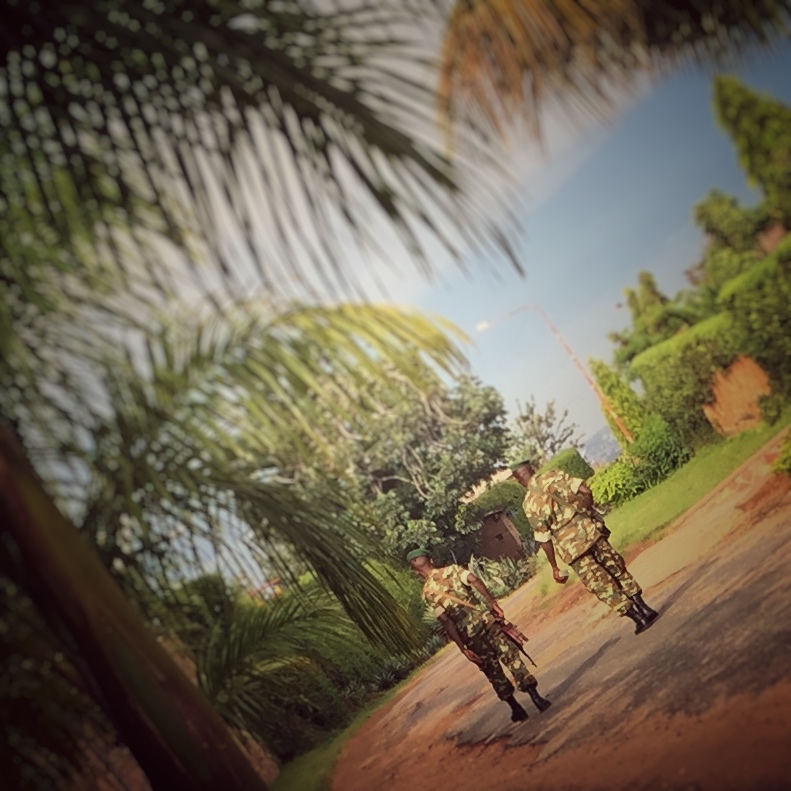We are sitting amongst the rubble of an unfinished building, a group of young men have stopped their construction work for a moment to take respite from the hot midday sun. A black jeep speeds past with its windows rolled down and one of the young workers shouts: “You think this is an Ebola office?” As the car continues on its way, the young men laugh and discuss how “those people”, meaning Ebola response workers, don’t want Ebola to end. The assumption is that response workers have “eaten” a lot of Ebola money, embodied by the large number of cars that have suddenly appeared in Kambia, Northern Sierra Leone, a town near the border to Guinea previously neglected by international development efforts. Kambia was the last hotspot of Ebola in the summer of 2015, and one of the target areas of a heavily militarised “Operation Northern Push”, which imposed a curfew between 6pm and 6am alongside strict restrictions on gatherings and movement. In late July the district discharged its last patients and released its last quarantined homes, beginning the 42-day count-down to becoming Ebola-free. As fate would have it, on the 41st day, a new case was recorded in one of Kambia’s chiefdoms, an old woman, rumoured to have caught it from her lover, an Ebola survivor. As soon as the news of the new rumour began spreading, discontent and plans to resist were palpable around town: “We will not accept it this time”. Motorbike riders were said to be planning a protest to reject that this was a real Ebola case, while others recounted having seen workers at the Ebola Treatment Centre (ETC) cheering as they received the news that Ebola was back in Kambia, and that they would therefore continue to be employed. In the end, the protest did not take place and the whole of the victim’s village, comprising over 900 people, was placed in quarantine without resistance. These episodes and the stories that they engender are, however, indicative of the prevailing sentiments amongst citizens at the tail-end of the Ebola outbreak in Sierra Leone. Continue reading
